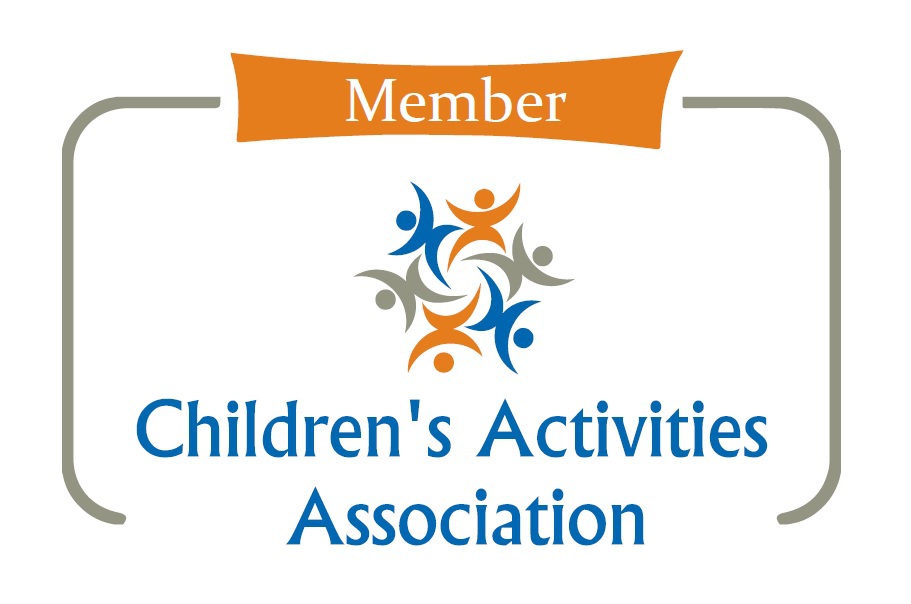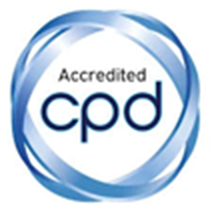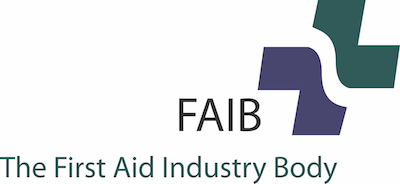Whether your child is facing a planned procedure or an unexpected trip to theatre, the idea of surgery can be a daunting one - for them and for you. That’s why we invited Dr. Ed Rothera, Consultant Paediatric Anaesthetist at Leeds Children’s Hospital, onto our Family Health by Mini First Aid podcast. With years of experience, Ed has supported thousands of families through the surgical process, helping to reduce fear and build confidence through compassionate care and expert knowledge.
This blog breaks down Ed’s invaluable advice so you can feel informed, reassured, and ready if your child ever needs an operation.
Meet Dr. Ed Rothera
Dr. Ed Rothera is a highly experienced Consultant Paediatric Anaesthetist working in both emergency and elective surgery at Leeds Children’s Hospital. As well as being a skilled clinician, Ed is a parent himself - with three daughters and a dog called Fig - so he understands just how scary the thought of surgery can be from both sides of the operating table.
His mission? To take the fear out of anaesthesia for both parents and children.
What does a typical day look like for a Paediatric Anaesthetist?
Ed’s day starts early - around 7:30am - meeting patients scheduled for either morning or afternoon operations. A typical day includes two "lists" (morning and afternoon surgery schedules), which involve pre-operative checks, anaesthetic preparation, and supporting children and their families through both routine and complex surgeries.
Each patient interaction may be brief, but it’s packed with care, skill, and reassurance. And because there’s limited time to answer every single question, Ed believes in helping families prepare ahead of time - hence the importance of this blog!
Elective vs emergency surgery: What’s the difference?
Elective surgery is planned in advance. It might be for things like grommets or tonsils, and it typically follows a well-structured routine. Emergency surgery, on the other hand, may be more urgent (like appendicitis or a broken bone) and can feel more rushed or overwhelming.
But even in emergencies, Ed says many procedures still follow similar preparation and communication steps. The main difference? Timing and how quickly decisions need to be made. The goal is always to keep your child safe and comfortable.
What type of anaesthetic will my child have?
Anaesthetic decisions are based on two things:
- Patient factors – Your child’s age, health, and past experiences.
- Surgical factors – What kind of operation they’re having.
There are usually two main ways anaesthetic is given:
- Via a mask – Your child breathes in anaesthetic gas.
- Via a small cannula (drip) in the hand – Often called "magic milk" for children, this is an injection of anaesthetic into the bloodstream.
Many parents prefer the mask, thinking it’s less distressing, but Ed explains that a cannula (with numbing cream and distraction) is often smoother and safer - especially in case of complications. Still, every child is different, and sometimes sedation before entering theatre can help very anxious little ones relax.
“But what about me?” – Supporting anxious parents
If you’re feeling worried or emotional about your child going into surgery, you are not alone.
Ed reassures us that parent anxiety is completely normal. Whether it's a previous bad experience, information overload from the internet, or just the fear of the unknown, it’s all valid. He encourages open conversations with your child’s care team and stresses the importance of trying not to pass your nerves onto your child. (Easier said than done, we know!)
And yes, you can stay with your child until they fall asleep. Most hospitals, including Leeds, encourage this. If your child is small enough, they may even drift off to sleep on your lap with a big see you later kiss.
Let’s talk preparation: What to expect before surgery
Hospitals aim to prepare families as best they can with pre-op information and fasting instructions. Here's what you need to know about the fasting guidelines (also known as “nil by mouth”):
- 6 hours for solids, cow’s milk, fizzy drinks, and sweets
- 4 hours for breast milk
- ‘Sip till send’ - clear fluids like water or squash up until they are sent into theatre (unless told otherwise), which can help ease stress and prevent dehydration.
What should my child wear?
Comfort is key! Think old, loose-fitting pyjamas. No onesies - they’re hard to get off. For quick procedures, your child might stay in their own clothes. For more involved surgery, a hospital gown is often used, and yes - if your child refuses to change, they may be changed while asleep.
Get familiar before you go
Ed recommends two fantastic resources:
- Rees Bear animations from the Royal College of Anaesthetists
- The Little Journey app, which offers walk-throughs of the hospital experience to help kids feel prepared and less scared.
On the day: Walking through the process
Here’s a step-by-step of what to expect:
- Arrival – Be prepared for a long day. You may be called in at 7:30am but not go to theatre until late morning.
- Pre-op checks – Nurses, anaesthetists and surgeons will all ask you the same questions. It’s for safety.
- Walking to theatre – Usually, you’ll walk down with your child to keep it relaxed. One parent stays until your child is asleep.
- Anaesthetic induction – Your child goes to sleep via mask or injection.
- Recovery room – As soon as your child is safe and stable, you’ll be invited back in.
Ed advises to try not to panic if there’s a delay in being called in. It’s usually a sign that staff are making sure everything is 100% okay.
After the operation: The recovery phase
In recovery, your child may be sleepy, groggy, or confused. Some may wake up upset; others bounce back like nothing happened.
As a mum, Kate (our Mini First Aid founder) shared that her own son didn’t even realise he’d had grommets put in - he was too busy showing off the plaster on his hand from the cannula! A great reminder that children process surgery very differently from adults.
Accidents that lead to surgery: What can be prevented?
Not all operations are planned. Some children end up in hospital due to accidents - many of which are avoidable. Ed shares the biggest culprits he sees on a weekly basis:
High-risk hazards
- Button batteries – Deadly if swallowed. Keep them locked away or avoid having them in the home.
- Laundry pods – Look like sweets. Use safer liquid alternatives instead.
- Blind cords – Pose a strangulation risk.
- Baths – Never leave young children unattended. Supervise up to at least age 5–6.
- Car seats – Always use the correct restraint, with a proper shoulder seatbelt.
- Bike/scooter riding – Always wear a helmet, even for short journeys.
Injury hotspots (but hard to ban!)
- Trampolines
- Scooters
- Monkey bars
- Bunk beds
These cause a lot of fractures and falls - but let’s be honest, banning them altogether would ruin a lot of childhoods! Instead, Ed says to be aware of risks and manage them sensibly. (Top tip: one child at a time on the trampoline.)
Final thoughts from Dr. Ed
The biggest takeaway? You’re not alone.
Children’s surgery may feel scary, but anaesthetists like Ed are there not only for your child’s physical care, but also for your family’s emotional support. Modern medicine is safer, kinder, and more child-friendly than ever before - and with the right knowledge, the journey can be a lot less stressful.
From the first pre-op appointment to the cuddle in recovery, everything is tailored to make your child feel safe, calm and cared for.
What can you do now?
- Bookmark this blog to return to if surgery becomes part of your family’s journey.
- Share it with friends, family or carers who might find it helpful.
- Book a Mini First Aid class to feel confident handling bumps, breaks, burns and more - because sometimes quick thinking can prevent a hospital visit altogether.
- And don’t forget to follow us on social for real stories, top tips, and parent-approved first aid education.
Extra resources
Rees Bear – Royal College of Anaesthetists
Listen to this episode of the Family Health by Mini First Aid podcast – available on all major platforms, or watch on YouTube.
Our Home & Away Bundle
 Be ready for life's little (and not-so-little) emergencies with our Home and Away Bundle – a must-have pairing of our two award-winning first aid kits. The compact and lightweight 74 piece kit is packed with essential items and is ideal for treating minor injuries while out and about. For more comprehensive care, the Family First Aid Kit includes 115 items - from foil blankets to a digital thermometer. It’s designed for everyday use at home or on the go and fits neatly in your glovebox. Developed by the experts at Mini First Aid, both kits are practical, stylish, and compact – offering peace of mind for the whole family.
Be ready for life's little (and not-so-little) emergencies with our Home and Away Bundle – a must-have pairing of our two award-winning first aid kits. The compact and lightweight 74 piece kit is packed with essential items and is ideal for treating minor injuries while out and about. For more comprehensive care, the Family First Aid Kit includes 115 items - from foil blankets to a digital thermometer. It’s designed for everyday use at home or on the go and fits neatly in your glovebox. Developed by the experts at Mini First Aid, both kits are practical, stylish, and compact – offering peace of mind for the whole family.








